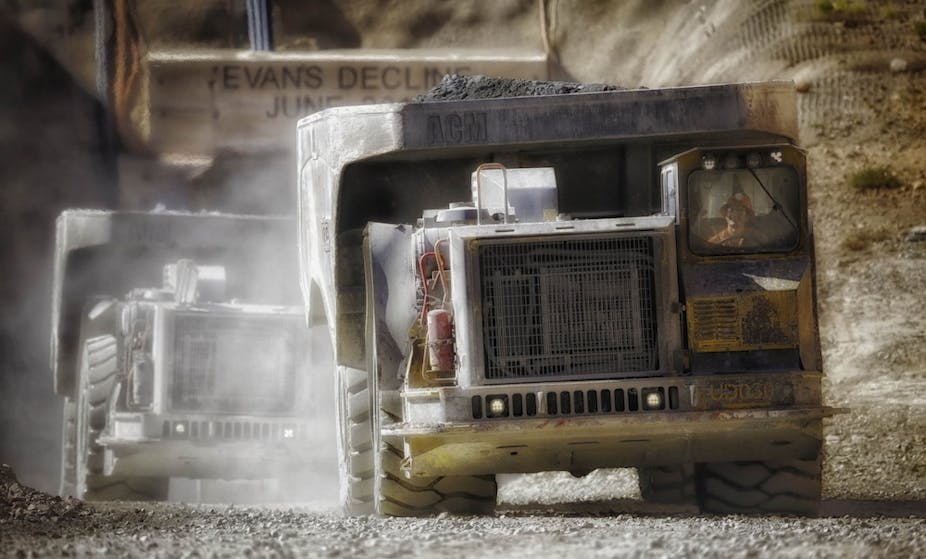One of biggest issues to be addressed in tomorrow’s WA Senate poll - and perhaps one of the most complex, too - is how best to maintain the state’s growth trajectory through the forthcoming period of transition.
Western Australia has undeniably seen the benefits from sustained economic growth over the course of the resources boom, with the state’s per capita gross income rising to around 50% above national levels in little over a decade.

However, the latest economic data does support the view that the WA economy has passed the peak of the construction phase of the commodities boom (characterised by growth in productive capacity, high employment and real wage growth). It is now moving to a production phase in which the state’s productive capacity is “put to work” in driving resource volume and export growth.
Early signs of this transition can be seen in reduced capital investment growth, lower participation and rising unemployment. WA’s unemployment rate has almost always been below the national rate, but there are signs that the unemployment and participation gaps are narrowing.

Relatedly, the changing workforce and skills requirements for WA require careful thought. Skilled migration, whether from interstate or from overseas, can only do so much to meet the changing demand for labour in the state. The shifting industrial composition also requires an education and training system flexible enough to retrain WA workers to match the needs of industry.
Housing policy is an also important battleground in this weekend’s elections.
Industry group affordability indicators published recently suggest that WA isn’t significantly out of line with other states and territories. However, most of these measures dwell on cost burdens for the “typical” family and house, disguising some big economic and social issues facing policymakers.
The Perth housing market has a real problem providing affordable rentals to low income families, or the right types of properties in the right locations. The housing sector points to high construction, regulation and approvals costs as the main impediment to the efficient supply of affordable housing. Whatever the cause, these issues are common topics of conversation for West Australians, and must be addressed convincingly by Senate election candidates.
Australia raises proportionately more in direct taxation than the OECD average (around 60%, two thirds of which is personal income taxation) but significantly less from indirect taxes (mainly GST) - 13% against an OECD average of around 19%.
Federal Treasury secretary Martin Parkinson this week rehearsed the positive arguments for shifting the balance of income taxation and GST more towards the latter, but the context is not textbook. If you had to raise more revenue as a government to honour public spending commitments on NDIS, health and schools reform, support the ageing baby boomer population, and defend against falling terms of trade, which would you choose?
The subtle increases in direct tax revenues through fiscal drag can stretch only so far, and more overt increases in company or personal income taxation face strong political headwinds. It does seem unnecessarily restrictive for the Federal government to deliver effective tax policy in more challenging economic times with its GST hand tied behind its back. However, consumption taxes may be more efficient, but they’re more regressive too.
WA households have experienced significant real incomes growth over the course of the resources boom, not just in absolute terms but relative to the national trend. But this growth hasn’t been distributed evenly, and the impact of an increase in GST tends to fall regressively on lower income earners who are less able to substitute away from consumption.
With the falling allocation of the GST wealth share to WA - down to 4.2% - placing more pressure on the state’s spending program, there is a need to ensure that economic policy responses don’t contribute to further increases in inequality beyond those already seen.
When it comes to GST shares, it’s hard to argue that WA gets out what it puts in. However, whether the GST return to WA is “fair” (or at least reasonable) depends on the position one takes on the redistributive philosophy underlying the allocation of GST shares across states and territories.

